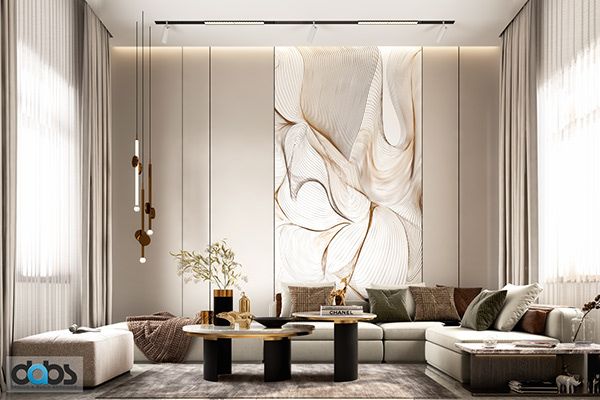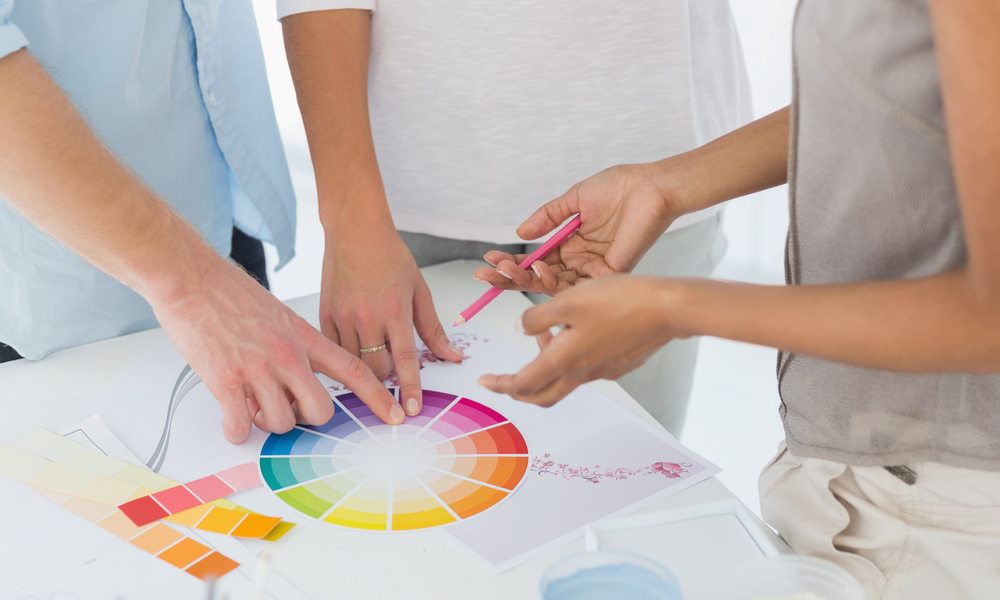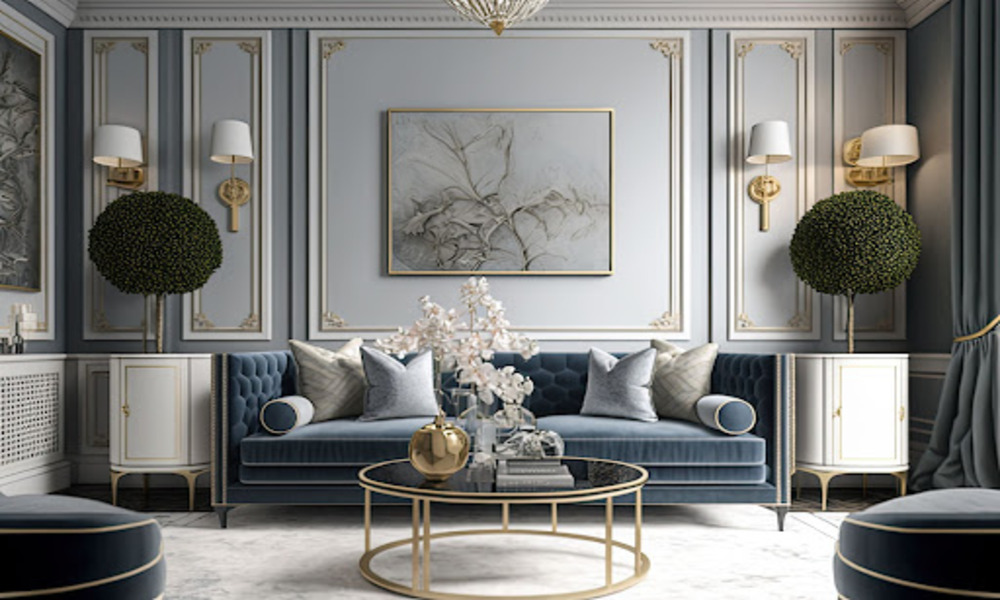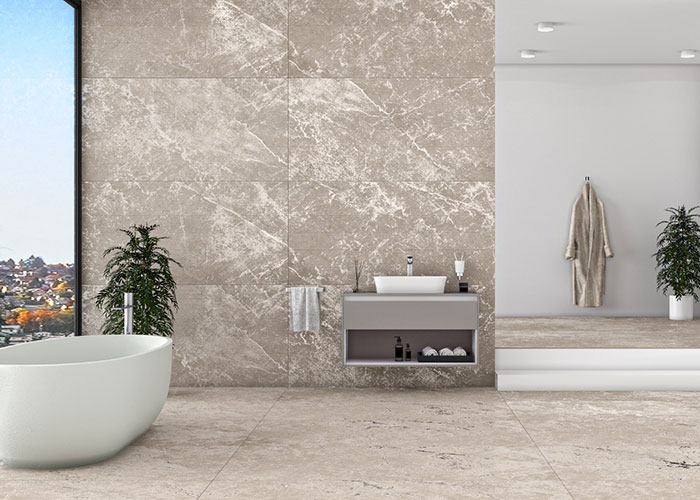In interior design, color plays a crucial role in creating a desired mood and atmosphere within a space. Color has the power to evoke emotions, influence perceptions, and enhance the overall ambiance of a room. Understanding color theory and its principles can help designers make informed choices when selecting paint colors, furniture, and accessories for a particular space.
The Basics of Color Theory
Color theory is the study of how colors interact with each other and how they impact human perception and emotions. It revolves around three primary colors red, blue, and yellow which cannot be created by mixing other colors. By combining these primary colors, secondary colors such as orange, green, and purple are formed. Tertiary colors are then created by mixing a primary color with a secondary color.
One of the fundamental principles of color theory is the color wheel. The color wheel is a visual representation of the relationships between colors. It consists of twelve colors arranged in a circular format. Colors located opposite each other on the color wheel are known as complementary colors and can create a striking contrast when used together in interior design.
Creating Different Moods with Colors
Colors have the ability to evoke specific emotions and set the mood in a room. Here are some examples of how different colors can impact the atmosphere:
- Red: Red is a powerful color that can stimulate energy and passion. It is often associated with excitement and warmth. However, it is important to use red sparingly in interior design as it can be overwhelming if used excessively.
- Blue: Blue is a calming color that promotes relaxation and tranquility. It is often used in bedrooms and bathrooms to create a serene and peaceful environment. Lighter shades of blue can also create a sense of spaciousness.
- Yellow: Yellow is a cheerful and uplifting color that can bring warmth and positivity to a space. It is often used in kitchens and dining areas to create a lively and energetic atmosphere.
- Green: Green is a refreshing color that symbolizes nature and growth. It can create a sense of harmony and balance in a room. Different shades of green can be used to evoke different moods, with lighter greens feeling more relaxing and darker greens feeling more luxurious.
- Purple: Purple is a color associated with royalty and luxury. It can create a sense of opulence and sophistication in a space. Lighter shades of purple can add a touch of romance, while darker shades can create a more dramatic atmosphere.
Using Color Schemes in Interior Design

In addition to individual colors, color schemes also play a significant role in interior design. A color scheme is a combination of colors that work harmoniously together. Some popular color schemes include:
- Monochromatic: This color scheme uses different shades, tints, and tones of a single color. It creates a cohesive and unified look.
- Analogous: An analogous color scheme uses colors that are adjacent to each other on the color wheel. It creates a harmonious and visually pleasing effect.
- Complementary: As mentioned earlier, complementary colors are located opposite each other on the color wheel. This color scheme creates a strong contrast and adds visual interest to a space.
- Triadic: A triadic color scheme uses three colors that are evenly spaced around the color wheel. It creates a vibrant and dynamic look.
When designing an interior space, it is important to consider not only individual colors but also how they work together in a color scheme to create the desired mood and atmosphere. By understanding the principles of color theory and experimenting with different combinations, interior designers can transform any space into a visually appealing and emotionally engaging environment.




